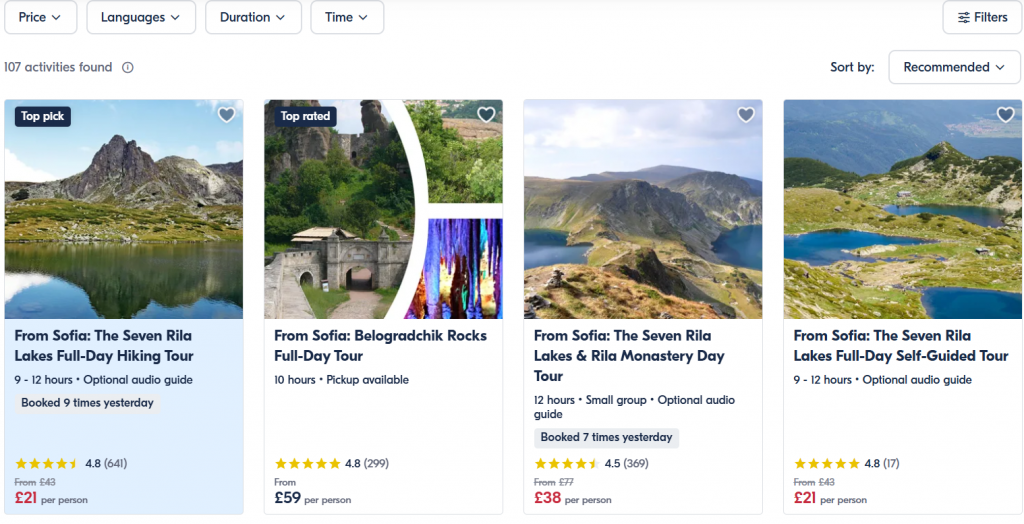
Slovenia is one of Europe’s least-visited countries overall for international travel – but we’re here to shake the extraordinary capital of Ljubljana in your face and tell you why that needs to change.
Ljubljana is a small city with a young vibe – about a sixth of the population is taken up by its 50,000 students – and a complex history that dates back to the Roman era.
And in wintertime, Ljubljana becomes…look, we’re going to resist the urge to use the words ‘fairy-tale’, but there is something particularly charming about its snow-capped architecture, its splendid Christmas lights and markets, its outdoor ice skating, skiing day trips, and – yes – its massive outdoor New Year’s Eve celebrations.
For us, though, the real trump card is Ljubljana’s quite frankly ludicrous artistic scene – over 14,000 cultural events take place in the city every year, ensuring that you’ll never be at a loose end on a rainy day.
Founded as a squat in an old army barracks in 1993, the Metelkova neighbourhood is a punky cultural centre and network of clubs, and it’s rightly famous as the city’s alternative, underground heart. (The neighbourhood hostel, Cecilia, is an old prison that welcomes guests into its 20 colourfully-designed cells.)
For travellers whose raving days are long behind them, however, the city centre also holds a wide variety of museums, concert halls, theatres, and much, much more.
If you can’t make it for Christmas, then we’d head to Ljubljana in February, in time for the Pust or Karneval celebrations, where in Slovenian tradition fearsome masked figures parade to chase the winter away. (In Ljubljana, the parades are led by the city’s mascot, the green dragon.)
Eating and drinking
With a heavy emphasis on pork and deliciously doughy desserts, Slovenia is a great choice for warming winter food – but Ljubljana is way too trendy to rest on its laurels. Last year, the city had 17 mentions in the Michelin Guide, with praise going out to its talented chefs fusing traditional Slovenian cuisine with Mediterranean, Thai and Japanese influences.
While we haven’t been there ourselves, we’d be tempted to take a cab out to the delightfully infamous Gostilna Skaručna, an eccentric family-owned restaurant serving traditional Slovenian cuisine just outside the city. Wash it all down with an excellent glass of Slovenian wine, local plum schnapps, or the up-and-coming local vodka – which, for some reason, has Bill Murray as its ambassador. (Maybe Lost in Translation gave him the idea?)




